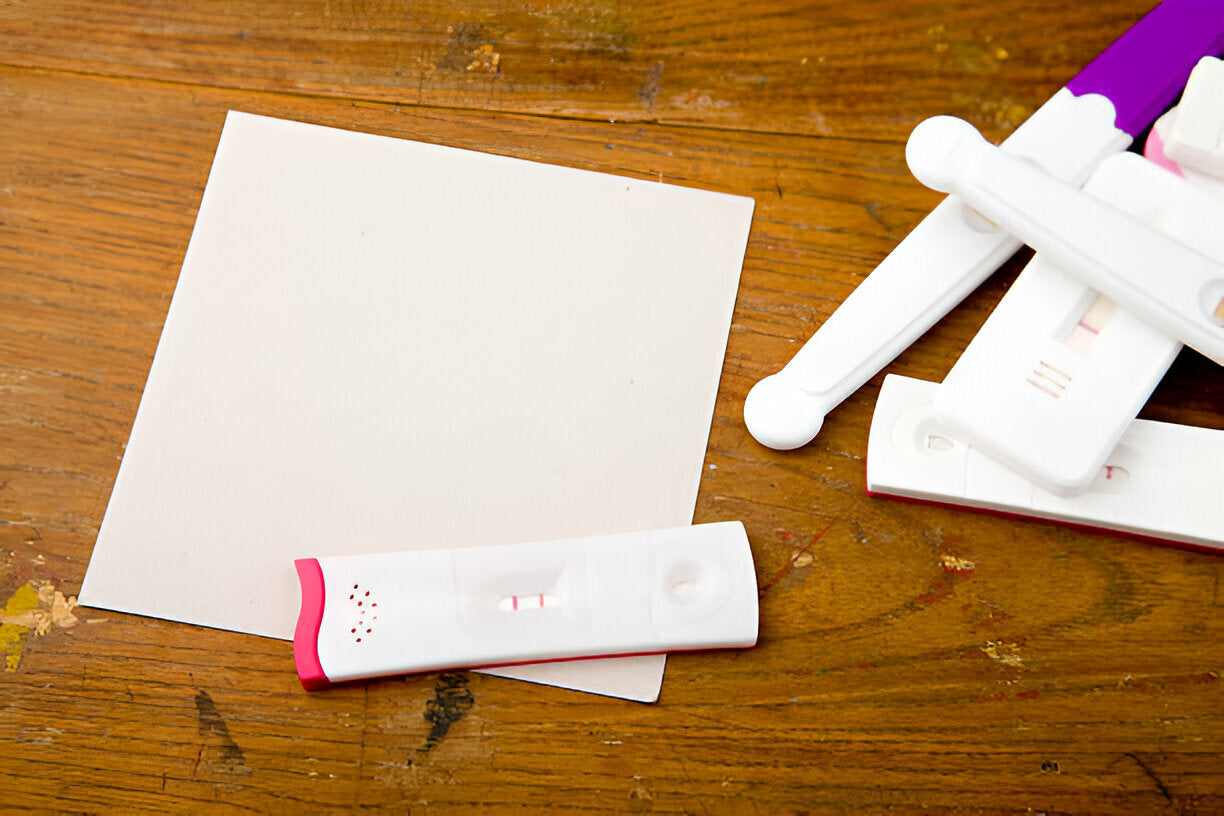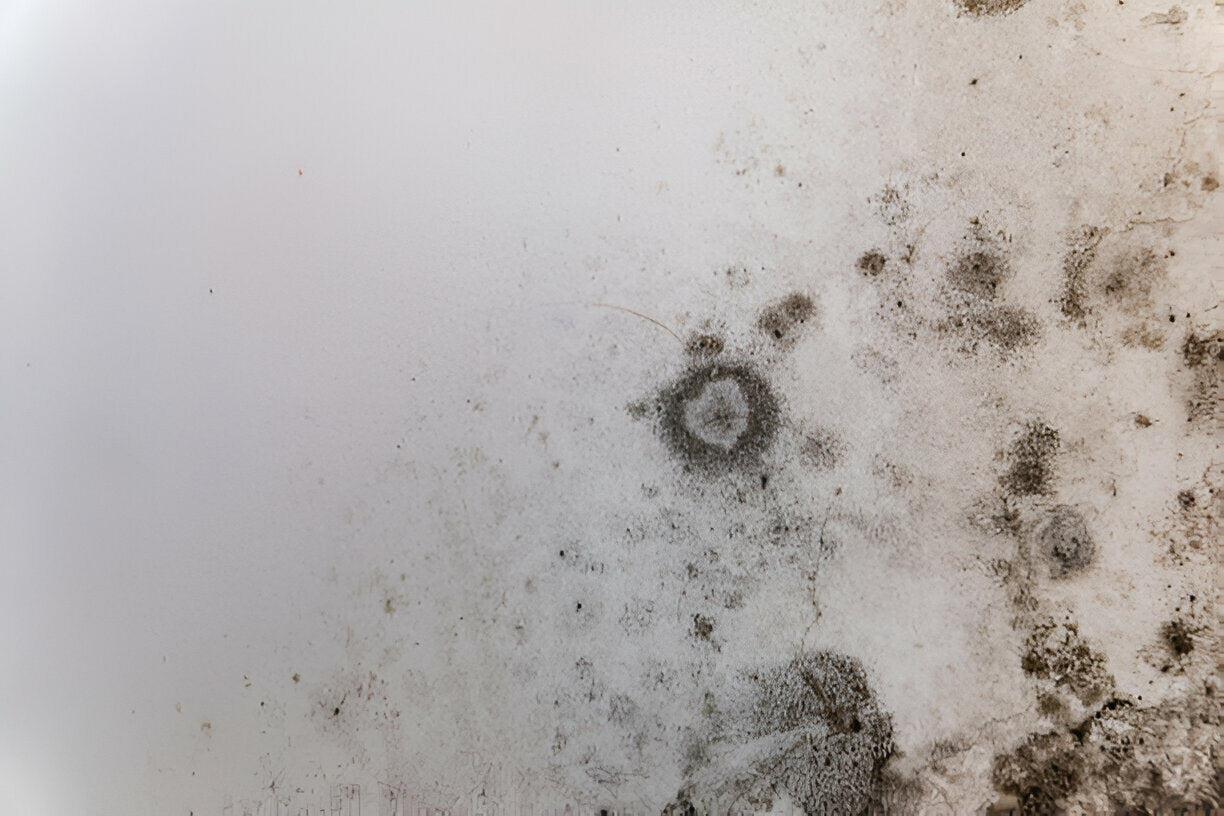Mold doesn’t just harm your home—it can also wreak havoc on your cherished belongings. From furniture to fabrics, mold can infest and ruin household items if left unchecked. With the right approach, you can protect or restore many mold-affected items and prevent future damage. MycoTest is here to help you detect and address mold issues early, saving both your home and possessions.
How Mold Damages Household Items
Mold thrives on organic materials such as wood, fabric, and paper, breaking them down over time. Items stored in damp or poorly ventilated spaces, like basements, attics, or crawl spaces, are particularly vulnerable. Mold damage isn’t just aesthetic—spores released by mold can spread to other areas and pose health risks to your household.
Steps to Save Mold-Affected Items
1. Act Quickly
Mold spreads rapidly, so time is of the essence. Move affected items to a dry, well-ventilated area to prevent further growth.
2. Clean Non-Porous Items
Hard surfaces like glass, metal, and plastic are often salvageable.
- Vacuum loose mold spores with a HEPA-filter vacuum.
- Clean thoroughly with an EPA-registered antimicrobial solution such as Decon 30 or Bioesque.
- Ensure the item is completely dry to prevent regrowth.
3. Treat Fabrics and Soft Items
Clothing, upholstery, and curtains can often be restored.
- Wash fabrics in hot water with an EPA-registered antimicrobial.
- For persistent mold, professional cleaning might be required.
4. Restore Furniture
For wood or upholstered furniture:
- Use a HEPA-filter vacuum to remove surface spores.
- Clean with an EPA-registered antimicrobial solution.
- Severely infested pieces may require professional restoration.
5. Discard Unsalvageable Items
If mold infestation is extensive, it’s often safer to dispose of heavily affected porous materials like carpets, insulation, or irreparable furniture.
Preventing Mold Damage
Control Humidity
Maintain indoor humidity levels below 50%. Use dehumidifiers in damp areas to minimize moisture.
Proper Storage
Store items in sealed containers, keeping storage areas dry and ventilated.
Inspect Regularly
Check your home for leaks, dampness, or water damage, especially in basements, attics, or areas with poor ventilation.
Test for Mold
Using MycoTest’s Home DIY Mold Testing Kit, you can detect mold early before it spreads to your belongings. This proactive step can save you time and money by addressing mold issues before they become severe.
When to Call Professionals
If mold has spread due to significant water damage, burst pipes, or an HVAC malfunction, professional restoration might be necessary. For valuable or sentimental items like heirlooms or art, experts use specialized techniques to clean and preserve affected materials.
Conclusion
Mold can be destructive, but prompt action and preventive measures can save many household items. MycoTest’s DIY Mold Testing Kit provides an accurate and cost-effective way to detect mold, giving you the tools to address it before it damages your belongings. Protect your home, your health, and your cherished items with MycoTest—take control of your environment today.






